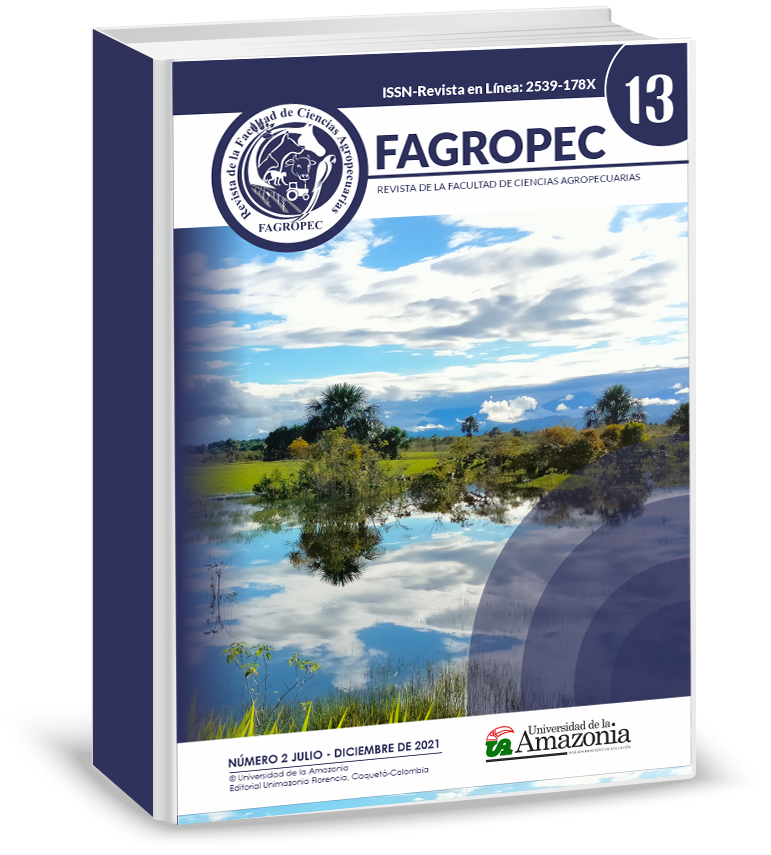HIPERPLASIA ENDOMETRIAL PSEUDO-PLACENTACIONAL EN LA PERRA: UNA REVISIÓN SUCINTA
DOI:
https://doi.org/10.47847/fagropec.v13n2a6Palabras clave:
Perra, Útero, Hiperplasia, hiperplasia endometrial pseudo-placentacionalResumen
La perra doméstica se caracteriza por un ciclo estral con un largo período de actividad progestagénica (diestro), situación que la predispone al desarrollo de patologías uterinas inflamatorias o del crecimiento y reparación del endometrio. La hiperplasia endometrial pseudo-placentacional corresponde a una anormalidad del crecimiento y reparación del endometrio caracterizada por un marcado crecimiento endometrial, con patrones similares a la reacción decidual de la placentación endoteliocorial zonal característica de la especie canina. Dada la alta actividad endometrial, clínicamente, esta condición puede caracterizarse por acumulación de contenido mucoso, sanguinolento o mucosanguinolento en el útero y además presenta alta asociación con la inflamación endometrial, siendo predisponente para la presentación de piometra.
Descargas
Referencias
CHEN Y, WRIGHT P, LEE C. A model for the study of cystic endometrial hyperplasia in bitches. Journal of Reproduction and Fertility Suppl. 57: 407-414. 2001.
CONCANNON, Patrick. Reproductive cycles of the domestic bitch. Animal Reproduction Science 124: 200-210. 2011.
DE BOSSCHERE H, DUCATELLE R, VERMEIRSCH H, SIMOENS P, CORYN M. Estrogen- and progesterone receptor expression in cystic endometrial hyperplasia and pyometra in the bitch. Animal Reproduction Science, 70:251-259. 2002.
GROPPETTI D, PECILE A, ARRIGHI, DI GIANCAMILLO A, CREMONESI F. Endometrial cytology and computerized morphometric analysis of epihitelial nuclei: a usefull tool for reproductive diagnosis in the bitch. Theriogenology, 73; 927-941. 2010.
GROPPETTI, D, ARALLA M, BRONZO V, BOSI G, PECILE A, ARRIGHI S. Periovulatory time in the bitch: What´s new to know? Comparison between ovarian histology and clinical features. Animal Reproduction Science, 152; 108-116. 2015.
MIR F, FONTAINE E, ALBARIC O, GREER M, VANNIER F, SCHLAFER D, FONTBONNE A. Findings in uterine biopsies obtained by laparotomy from bitches with unexplained infertility or pregnancy loss: An observational study. Theriogenology 79: 312 – 322. 2013.
NOMURA K, FUNAHASHI H. Histological characteristics of canine deciduoma induced by intrauterine inoculation of E. coli suspension. Journal of Veterinary Medical Science 61 (4):433-438. 1999.
SÁNCHEZ, Alfonso. Factores que afectan el intervalo interestral en la perra: Una revisión. Revista Científica FCV-LUZ, 9 (6):532-536. 1999.
SÁNCHEZ, Alfonso. Hematometra e Hiperplasia Endometrial Quística en una Perra: Descripción de un Caso. Revista de Investigaciones Veterinarias del Perú 26 (1): 146-151. 2015.
SÁNCHEZ, Alfonso y ARIAS, Francisco. Fundamentos y consideraciones de la patología endometrial canina. Revista de Investigaciones Veterinarias del Perú, 28 (1): 1 - 12. 2017.
SANTANA C, SANTOS D, TRINDADE L, MOREIRA L, PAIXAO T, SANTOS R. Association of Pseudoplacentational Endometrial Hyperplasia and Pyometra in Dogs. Journal of Comparative Pathology, 180: 79 - 85. 2020.
SCHLAFER D, MILLER R. Female genital system. In: Maxie MG (ed.), Jubb, Kennedy, and Palmer’s Pathology of Domestic Animals. Saunders. Pp. 429 - 564. 2007.
SCHLAFER D, GIFFORD A. Cystic endometrial hyperplasia, pseudo-placentational endometrial hyperplasia and other cystic conditions of the canine and feline uterus. Theriogenology 70: 349 – 358. 2008.
SCHLAFER D. Diseases of the Canine Uterus. Reproduction in Domestic Animal 47 (Suppl. 6): 318 – 322. 2012.
Publicado
Número
Sección
Licencia

Esta obra está bajo una licencia internacional Creative Commons Atribución-NoComercial-CompartirIgual 4.0.
























